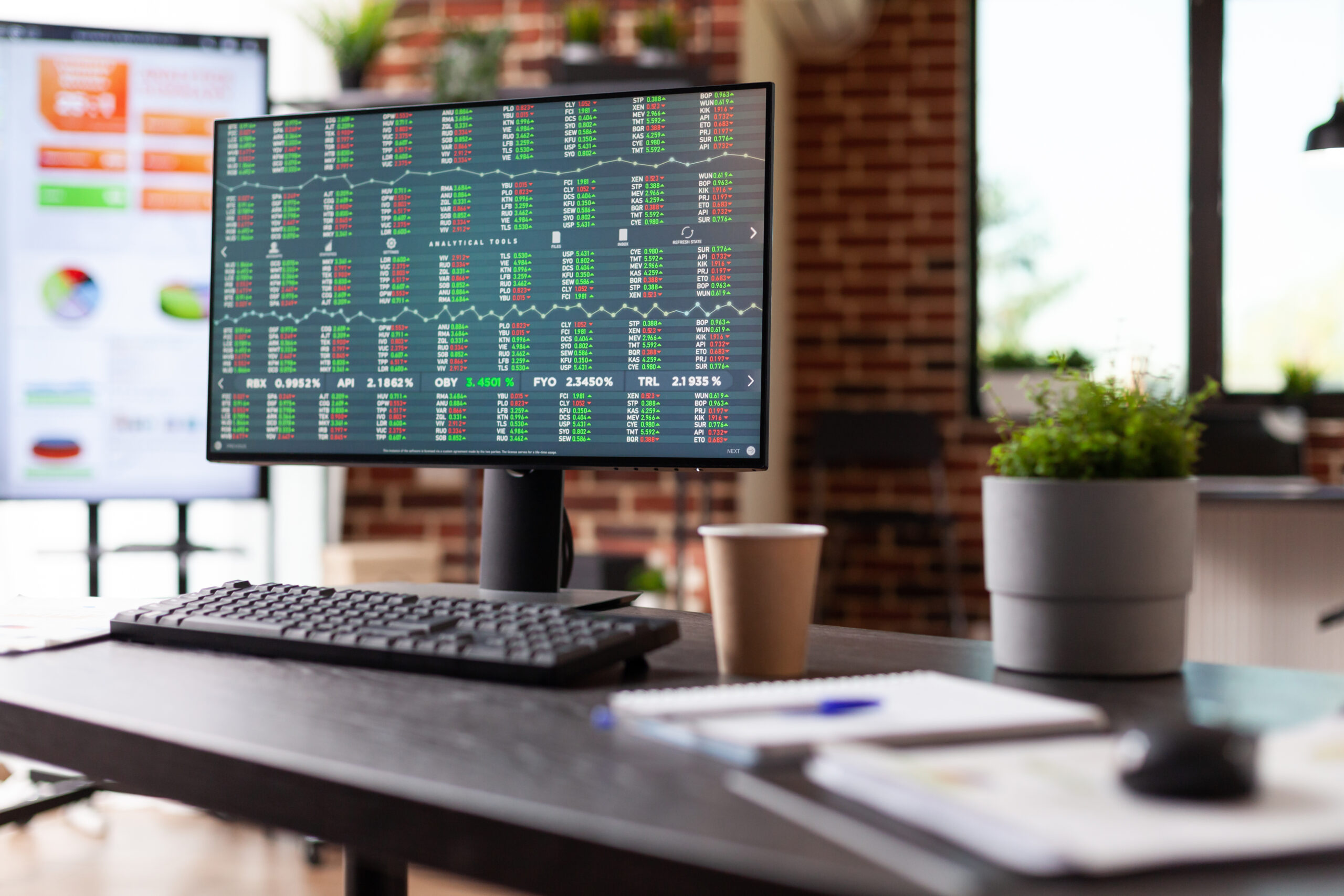Assuming you have done with all the necessary installations of your video card and you have a good working monitor, now it is time to look at some of the configuration options you can tweak on the Windows operating system.
Display settings
This is the place in your operating system where you will find everything to configure for your display. Simply type in display settings on your search bar and hit enter on ‘ease of display settings’. Based on the number of monitor you have will get a number assigned by the operating system. You are allowed to drag and drop to change their order. You can also use two monitors vertically.
There are also two options right after the numbering, they are Night light and Colour Profile under Colour. The night light enables you to reduce eyestrain ideal for late night PC users. You can set it a time for this when your system will simply switch into this mode during that period. You can also make further adjustment to this light.
Colour profile set the precise colour on the screen that you will see in print as well. This is usually greyed out because Windows set up these profiles for you. You can make further adjustment there by going to ‘colour management’. Simply type colour management in the search bar and you will see the box. Scrolling further down in the display you will see more advanced options.
Advanced configurations
Here you are able to change the size of the text, icons and more with drop down menu. This is incredibly helpful for high-resolution monitors and users who prefer bigger things to navigate inside their system. In some cases, you will need to adjust the resolution or orientation of the monitor as well. The drop-down menu for resolution enables you to change the resolution. This drop down is also handy to adjust your projector in case if you are using one for presentation. Orientation simply allows you to set the orientation in ‘landscape’ or ‘portrait’.
With the Multiple displays option you are able to have control over what you want to see on the second screen. The default setting for this option is to Extend these displays which gives you more desktop space for your workflow. You are also able to duplicate the main display to see the same image is shown on all the connected displays.
Advanced display settings here will also show you the display information of your monitor. Here you will also find the further information about your adapter or video card. You are also able to update or roll back the driver from here.
Personalisation settings (Windows 10) and personalisation applet (Windows 8/8.1)
You are able to handle your desktop preferences such as the background picture, colours of various interface elements etc. This place is completely up to your taste. You can set solid background colours, wallpaper, pictures etc.
The lists on the left panel is pretty self-explanatory. You can also choose your theme, default font and able to adjust the start menu and taskbar. One important setting here can help people with default interface is by the High Contrast Settings. Sync your settings option help you to synchronize multiple Windows machines where you log in with your Microsoft account. These are generally enabled by default, in case if not, you can always enable them.
Display options for macOS and Linux
As for macOS and modern Linux distros have straight down display configuration. You will find these options in system preferences in macOS. There general tab allows you change things like colour schemes, desktop background, screen saver. There is a dock option here which allows to change the user experience. Typically Dock is usually found at the bottom of the screen. You are able to scale the icons any size you want. You are also able to move the dock to the right or left as you wish. You can control or change the default animation and behaviour of the mouseovers.
As for Linux distros, each distros put their display options in various places but typically you will find one or more utilities in the system settings. There you can change most of your system settings like the general user preferences and personalization like changing or setting background, theme, launcher icon size.
All of the adjustments you tweak for personalising your display are available to all operating system. Since this is one of most important and beloved thing to the user, this feature is in every Operating system. The place where this feature of personalising your display and make some adjustments, may reside in different places. In that case you might want to explore the operating system features or simply just look up online for the location where you can make such adjustments based on your operating system.

